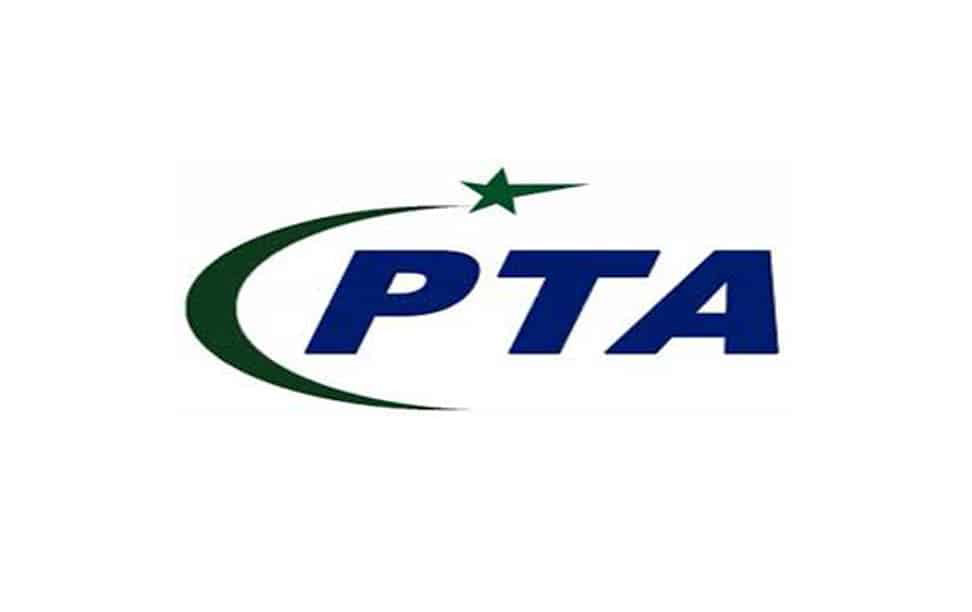FDI - Pakistan and the world

By MG News | May 26, 2017 at 03:31 PM GMT+05:00
While addressing the attendants at the launch ceremony of Pakistan Economic Survey, Finance Minister Ishaq Dar boasted that Pakistan’s economy will be joining the G20 in the coming few decades. Equally loud was his claim that as investors were pursuing Canada, they would soon be chasing Pakistan for investments. But an economy which is set to grow in future must have something to show in present in terms of local and foreign investment. Pakistan’s total FDI during the fiscal year 2016-17(July 16 to April 17) totaled to a meager sum of $1.72 billion. Compare that to our immediate neighbor India who has received a total of $62.3 billion Greenfield FDI in 2016, retaining top position as the leading recipient of FDI around the world.
This data only goes on to show the difference of pace between the two countries in terms of future development, if this difference is not decreased in the coming few years the gap would become too wide for Pakistan to ever catch up to. Despite it being a mammoth one at the current levels. Any country that wants to grow in the future needs to ensure that investments are poured into the country at present; otherwise it will continue to be decades late as has been the case with Pakistan. Our financial policies have suffered from a lack of cohesiveness that can direct the country on a unified path.
According to the report published by FDI intelligence, the world economic landscape continues to evolve as investments move towards geographic localities which show strong growth. Meanwhile, locations showing recession or volatility continue saw major declines. Spain saw a 26% incline in FDI as the economy continues to grow out of recession towards growth. On a global level, India continued to lead from previous year to become the favorite destination for global investors. The Greenfield FDI received by India was higher than that of China and US. India received a total of $62.3bn up by 2% from previous year, while the total number of projects also increased by 15% to a total of 809.
China overtook US to become the second highest recipient of FDI crossing US, receiving a total of $59bn of FDI compared to US’s tally of $48bn. In the Asia-Pacific region, the top three destinations for FDI were India, China and Kazakhstan. Kazakhstan was a surprise entry in the top ten of Asia-Pacific region with a rise of 591% of FDI with multibillion dollar investments in coal, oil and gas projects.
FDI in Europe fell for third consecutive year in 2016, with a 9% decrease in project numbers to 4712. Countries continue to be wearisome of UK’s evolution of Brexit and how it will unfold in the coming years and what relationship will UK have with Brussels after the implementation of Article 50. The UK witnessed a decrease in FDI, with project numbers dropping by 9% in 2016. Spain is well on its path to recovery as the FDI projects have arisen in the past two years. The number of FDI projects into Spain increased by 28% to 324. Capital investment into France increased by 54% to $13bn in 2016. The country ranked second in terms of inbound capital investment, up from fourth place in 2015. Germany has overtaken the UK as the top outward investor in 2016, accounting for more than 21% of projects from the region. FDI into ‘Emerging Europe’ increased across project numbers (13%) and capital investment (4%), while FDI into Western Europe declined across project numbers (16%) and capital investment (18%).
In North America, decreased by 19% in 2016, with total capital investment of $56.5bn, resulting in an 11% decline in job creation. Despite this, projects numbers increased by 4% to 1813 FDI projects.
The Middle East and Africa also witnessed a decline in FDI, as project numbers decreased by 11% in 2016 to 1131. Capital investment increased 60% to $142.8bn. However, jobs created declined by 3%. United Arab Emirates retained its position as the top FDI destination and source by project numbers, accounting for 22% of inward projects and 32% of outward projects. Africa witnessed more FDI by capital investment than the Middle East, scooping 64% of the market share in 2016 of total investments in Middle East and Europe.
Related News
| Name | Price/Vol | %Chg/NChg |
|---|---|---|
| KSE100 | 131,949.07 198.95M |
0.97% 1262.41 |
| ALLSHR | 82,069.26 730.83M |
0.94% 764.01 |
| KSE30 | 40,387.76 80.88M |
1.11% 442.31 |
| KMI30 | 191,376.82 77.76M |
0.36% 678.77 |
| KMIALLSHR | 55,193.97 350.11M |
0.22% 119.82 |
| BKTi | 35,828.25 28.42M |
3.64% 1259.85 |
| OGTi | 28,446.34 6.84M |
-1.02% -293.01 |
| Symbol | Bid/Ask | High/Low |
|---|
| Name | Last | High/Low | Chg/%Chg |
|---|---|---|---|
| BITCOIN FUTURES | 108,125.00 | 110,525.00 107,865.00 |
-2290.00 -2.07% |
| BRENT CRUDE | 68.51 | 68.89 67.75 |
-0.29 -0.42% |
| RICHARDS BAY COAL MONTHLY | 97.50 | 0.00 0.00 |
0.75 0.78% |
| ROTTERDAM COAL MONTHLY | 106.00 | 106.00 105.85 |
-2.20 -2.03% |
| USD RBD PALM OLEIN | 998.50 | 998.50 998.50 |
0.00 0.00% |
| CRUDE OIL - WTI | 66.50 | 67.18 66.04 |
-0.50 -0.75% |
| SUGAR #11 WORLD | 16.37 | 16.40 15.44 |
0.79 5.07% |
Chart of the Day
Latest News
Top 5 things to watch in this week
Pakistan Stock Movers
| Name | Last | Chg/%Chg |
|---|
| Name | Last | Chg/%Chg |
|---|



 Central Government Debt
Central Government Debt
 CPI
CPI